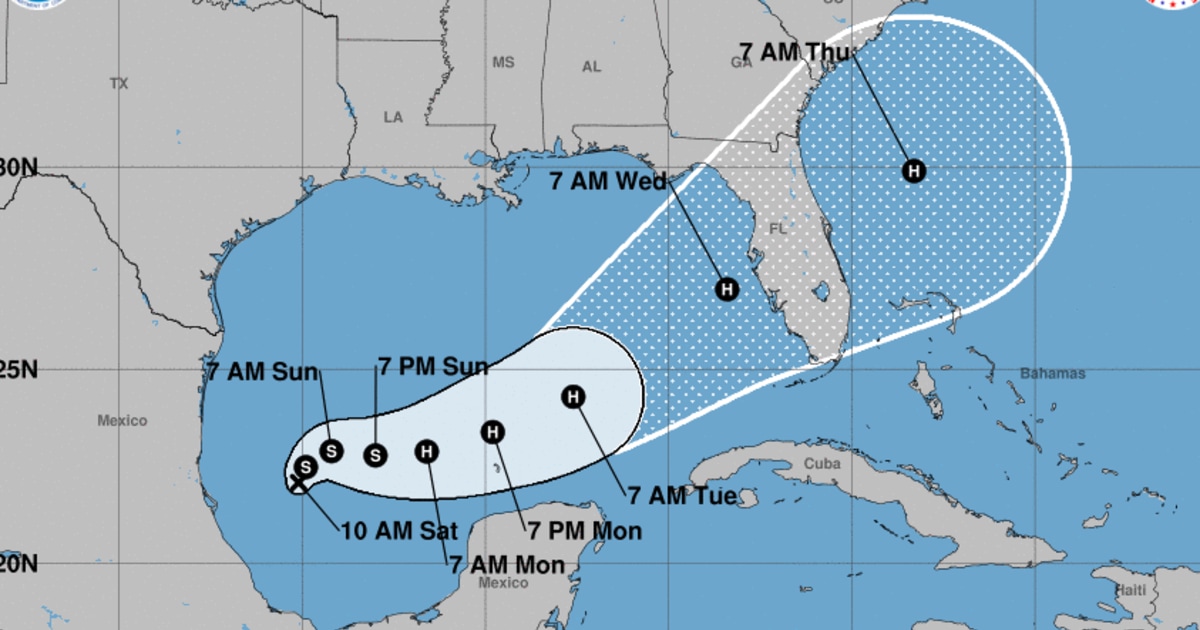
The end of summer is a great time to enjoy roses in the garden, and also the perfect time to prune some of your roses to encourage a fall flourish. I mention some because pruning techniques and timing depends on the type and variety of rose and is dependent on the growth habit and vigor of the plant. Keep in mind that you should always commit annual maintenance pruning such as dead heading and removing diseased branches as they occur.
Regarding varietal specific maintenance, the best pruning practice for antique roses is shaping with a light trimming to keep a full form. We are encouraging a display of many blooms rather than the single-cut flowers expressed from hybrid tea or grandiflora roses you may see at the florist shop. The same technique of canopy shaping is best used for polyantha, Knock Out and drift roses, which are roses with a shrubby habit.

The exception to this class of roses is spring blooming antiques that you would prune just after first flush and then maintenance pruning of dead wood. One popular repeat bloomer is Peggy Martin, an easy-to-grow vigorous climbing thornless rose. Cane pruning and shaping for Peggy Martin should be committed after the first spring bloom.
Smith County Horticulture Agent Greg Grant recommends hybrid tea, grandiflora and floribunda roses should be pruned around Labor Day and Valentine’s Day annually. Their average pruning height in fall is around 3 feet, leaving taller growing varieties to 4 feet. You can remove about one-third of the canes for fall, and one-half for a spring pruning.
Always use a good pair of sharp pruning shears and loppers for larger canes, and don’t forget to wear leather gloves for protection. The serious rosarian may consider arm-length leather or Kevlar gloves when pruning your thorny friends. Fine pruning includes making all cuts at a 45-degree angle no more or less than one-quarter inch above a vigorous outward facing bud.
Most commercially grown modern roses may have been budded on a rootstock. Always remove suckers emerging at or below the graft union to discourage growth of an unwanted variety. As we drop into the cooler months of fall, your roses offer the potential for a heavy blooming season.
Apply a cup of organic dry rose fertilizer after a light fall pruning and supplement with liquid feed two weeks after as applicable to your situation. Discontinue fertilization after the beginning of October to allow for a dormancy period during our winter. A few varieties you may consider adding to your landscape and appropriate for our region are roses promoted by Texas A&M AgriLife Extension’s Texas Superstar program: large shrub Belinda’s Dream, medium shrubs Caldwell Pink and Katy Road Pink.
You may consider Mutabilis and modern hybrid Molineux; small shrubs are Marie Daly and Perle d’Or, drift rose Sweet Pea. Consider climbers Climbing Pinkie, Peggy Martin and Sea Foam. My personal faves are antiques such as Archduke Charles and Cecile Brunner; C.
B. is one I grew up to know as the sweetheart rose, small enough to cut fresh and use in a boutonniere. Whatever your choice, life is always sweeter with roses! Brazos County Master Gardeners are celebrating our fall season with two free programs: Cool Season Colors seminar at 10 a.
m. Saturday at Clara B. Mounce Public Library at 201 E.
26th St. in Bryan, exploring how to perk up your garden and winter mood with cool season color; and “Citrus in the Brazos Valley” presentation by Monte Nesbitt, assistant professor and Texas A&M AgriLife Extension pecan and fruit specialist at 7 p.m.
, Tuesday, Sept. 24 at Brazos County AgriLife Extension, 4153 County Park Court in Bryan. Nesbitt will explore methods to successfully cultivate citrus at home.
Brazos County Master Gardeners are also sponsoring the event “Trees for Brazos County” on Oct. 26 at the Brazos County Extension office, with seminars on cultivating trees and a tree sapling giveaway. To find out more about these outstanding programs, browse online to the new Brazos County Master Gardener webpage at https://txmg.
org/brazos/ . Be well and I hope to see you in the garden! Stephen Brueggerhoff is a horticulture extension agent with Texas A&M AgriLife Extension Service in Brazos County. He can be reached by email at sbrueggerhoff@tamu.
edu . For the holidays: Get inspiring home and gift ideas – sign up now!.














